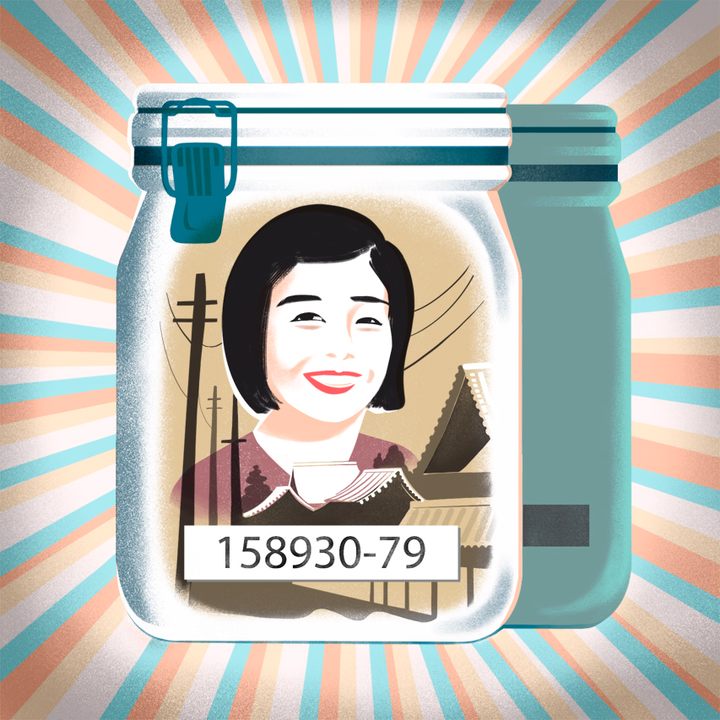
The Saga of Midori Naka
How and why the harvested body parts of atomic bomb victims spent decades abroad before being returned to Hiroshima.
Among the various items in the collection of Hiroshima University’s Research Institute for Radiation Biology and Medicine are two glass specimen jars, each maybe six inches tall, and each filled with a clear liquid and an amorphous brown blob that one might at first mistake for a crumpled grocery bag. They are all that remain of stage actress Midori Naka. Naka, known in Japan for her work in the shingeki drama style, was 36 years old when the atomic bomb nicknamed Little Boy exploded near her. She was not killed by the blast, but died 18 agonizing days later. She is the first person in the world whose cause of death is listed as “radiation poisoning.”
It might seem obvious that Naka’s remains would be in Hiroshima, and in an institution devoted to understanding and treating radiation sickness. But those two glass jars arrived there only by a strange and circuitous route, after having spent decades abroad along with thousands of other body parts, wet specimens, and autopsy materials from the victims of the bombings of Hiroshima and Nagasaki—a unique collection that existed in a medical and political gray area. Like the relics of saints, these body parts took on a strange afterlife: They resonated with invisible power, and their significance changed over time as they were moved through different locations and contexts. Irreplaceable and beyond value, they were coveted, fought over, held up as a singular archive of a world-changing event, and then, gradually, mostly forgotten.
Naka was a successful, engaging, rising star when she arrived in Hiroshima with the Sakura theater troupe in early summer 1945. “She could not help but love drama,” Seiji Ikeda, another actor who worked with her would later recall. “She was far from beautiful, but she had a big heart. She was like a big sister to those around her.” She and her fellow actors were there to boost morale by performing plays for workers in munitions factories. She was in the kitchen of the house where the troupe was staying on the morning of August 6, when the second nuclear explosion in history took place less than a mile away (the first being the Trinity test in New Mexico on July 16). Though she was not seriously harmed by the initial blast, the shockwave destroyed the building, killing several other members of the troupe. Pulled from the rubble, she managed to escape the city on the morning of August 10, on the first train to Tokyo. On August 16, she was admitted to the University of Tokyo Hospital, and her condition deteriorated rapidly. She began to lose hair, and developed open sores on her body. Her white blood cell count plummeted despite numerous blood transfusions. She died just after noon on August 24.
A day after Naka was admitted to the hospital, Koyishi Yamashina, a physician from the Bureau of Medical Affairs of the Japanese Imperial Army, also returned to Tokyo from Hiroshima. He had been sent to the city on August 8, two days after the explosion, as part of a nine-person survey team. One of the first medical professionals on the ground in the wake of the disaster, Yamashina performed the first autopsy on an atomic bomb victim on August 10, a young boy who’d died in the blast. Then he worked largely on nearby Ninoshima Island, where many survivors had been taken, and returned to Tokyo on August 17 with the results of a dozen autopsies he’d performed.
During those desperate early days, Yamashina and other physicians autopsied several early victims, including 34-year-old Nobuki Uchiyama. Yamashina’s autopsy report describes him as a “tall, large-boned man in a good state of nutrition,” who had died early on the morning of August 13. Uchiyama had been only a mile from the hypocenter, or ground zero, when the bomb exploded 1,900 feet above. He had suffering crushing wounds to the right temporal region of his brain, in addition to contusions of the right leg and burns to his shoulder and arms. After Uchiyama’s death, Yamashina removed and weighed his organs, including his spleen (130 grams), heart (290 grams), and right kidney (140 grams).
Throughout August and September, Japanese pathologists conducted numerous autopsies on the ever-growing number of victims. They dissected organs, made slide preparations of tissues, and gradually amassed a new library of pathology, including a “wet archive” of preserved samples. Their work, above all, was to try to understand what was happening to their fellow citizens so they could save lives. But again and again they found themselves facing new and strange outcomes that defied medical logic, borne of a disaster that altered human bodies in ways few had seen before. (Others, including scientist Marie Curie, had died from exposure to radiation, but not from this kind of acute radiation poisoning from a single, massive dose.)
The Japanese announced their surrender on August 15, six days after the subsequent bombing of Nagasaki, and the terms of surrender were formally signed on September 2. Later that month, American medical teams began to arrive. By then, the Japanese pathologists had collected a sizable archive that they hoped would help treat the patients under their care.
When they first arrived, American medical teams worked alongside their Japanese counterparts. But by November the mission had changed. American military personnel gathered up the samples and took them home. Body parts from at least 218 autopsies, along with about 1,400 other samples, were sent to Washington, D.C., for future study. Some of the Japanese scientists, understandably, were aghast. Pathologist Chuta Tamagawa of Hiroshima University objected to the handover, and would later tell the Japanese newspaper Chugoku Shimbun, “Deceased bodies and autopsy materials are not spoils of war.” But there was little he or anyone else could do. Manuscripts and scientific papers were also taken. Japanese researchers were told this was only for a security review, but the materials were never returned.
The human remains taken from Hiroshima and Nagasaki formed a crucial archive for understanding the effects of radiation, and from the very beginning the U.S. government touted the usefulness of this new collection. A 1946 International News Service wire article that discussed Midori Naka’s remains reveals that scientists had determined that the type of structure a victim was in at the time of exposure affected the impact of the radiation: “The fate of the Japanese is correlated with the type of building and its location in which they suffered injuries or death. This knowledge is expected to lead to development of structural defenses.” Many of the scientific assessments of fallout and radiation poisoning depended, at least in some measure, on this wet archive.

But for these remains to have scientific value, the organs had to be further atomized and anatomized, thinly sliced into slides, stabilized in wax and formaldehyde, and otherwise preserved, altered, or mutilated. They ceased to be human, and instead became records. Nobuki Uchiyama became known as Atomic Energy Case #158930-79. This change was significant. An individual who dies from radiation poisoning is a case history. Only in the aggregate did these lives—and deaths—begin to mean something else, as individual specimens could be compared against others to identify trends and differences. The body parts expatriated to the United States lost any connections they held to the individuals and identities that they had once been part of. They stopped being parts of human bodies became even smaller parts in a larger new body of knowledge.
While the wet archive initially came from specimens gathered by Japanese scientists in the summer and fall of 1945, the American Atomic Bomb Casualty Commission (ABCC) continued to collect specimens for years afterwards, going so far as to establish a clinic in Hiroshima—both to treat radiation patients and acquire autopsied material from those who died. The Americans’ zeal in acquiring body parts became well known, and while some Japanese families seemed willing to consent to this scientific project, others saw the ABCC as body snatchers. A 1966 Asahi Weekly article referred to them as “vultures,” part of a “mortality detection network” in which informants were said to have been paid ¥60 per body. Austrian journalist Robert Jungk, in his 1958 book Children of the Ashes, tells the story of Fusako Ueno, who was born after the bombing. Both of Ueno’s parents had been near the hypocenter, and while they refused to discuss the blast with her, she later recalled that whenever acquaintances died and their bodies were collected by the ABCC, her mother would break her silence to tell her children, “Once I am dead, you mustn’t hand my body over to the ABCC.” The commission’s clinic, Jungk reported, contained a “diagnostic ward” where so-called “interesting cases” were taken: basically those who had fatal radiation sickness or related terminal illnesses. Over time, the diagnostic ward provided the ABCC with carefully documented and studied clinical material, but its gruesome reputation led Kiyoshi Kikkawa, one of the founders of the Association of Atomic Victims, to dub it a “corpse-production factory.
Unfazed by these epithets, the Americans continued to harvest body parts and send them back to Washington. Originally, they were stored in a series of temporary buildings scattered around the capital, but in 1949 construction began on a massive structure designed to withstand an atomic blast: the Armed Forces Institute of Pathology (AFIP), opened in 1955.
As the project grew, the wet archive took on a life of its own; like a cell, it divided and multiplied. Slides from Japan were given to staff at the Radiation Injury Pathology Branch of the institute, paraffin blocks were stored in the Atomic Unit, and whole organs were sent to the preparation room. At each step, new case numbers and identifying tags were issued, further removing the remains from the names they once held.
Over time, the cataloging became more byzantine, and the individual specimens began, slowly, to lose any and all meaning. The individual record locator protocols were so cumbersome that it became easy for the samples to get mixed up. “Because of the manner in which shipments are received,” deputy director R. M. Thompson explained in a 1952 letter to Japanese officials, “it is not possible to determine whether jars of autopsy tissue, slides, and protocols identified only as ‘A-14,’ ‘N-16,’ etc., are related to the same case.” This is part of the reason that R. Keith Cannan, executive director of the ABCC and chairman of the Division of Medical Sciences at the National Academy of Sciences, gradually came to believe the archive was losing its scientific usefulness. “Much time and effort,” he lamented in 1957 to his counterparts in Hiroshima, “is spent on the processing of materials and data on surgical and autopsy cases that have no permanent interest in the epidemiological program of ABCC.”
It is in this context that Americans began to acquiesce to Japanese demands that the body parts be repatriated. In the 1960s, nationalist sentiment began to build in Japan, with no small amount of resentment toward America. The archive of irradiated remains was one of many points of tension and, increasingly, Japan wanted it back. By 1967, a group of prominent Japanese scientists were using the press and other means to bring weight to this question: “We understand the autopsy materials of the ABCC have been sent to the U.S. but not returned,” members of the Japan Science Council asked at a 1967 conference. “Are they to be returned to Japan?”

American agreement was building, too. Five years earlier, Cannan had advocated for the complete return of all ABCC body parts to Japan. In an internal memo titled “The Duplication, Preservation, and Retrieval of Data Generated by ABCC—A Re-evaluation of the Problem,” Cannan warned that there was “considerable criticism of the ABCC for continuing to send to the USA, and particularly to a military institution, materials derived from Japanese citizens.” Their presence, he argued a 1967 letter to the head of the AFIP, “has become an increasingly delicate subject in recent years and this has played into the hands of anti-American and left-wing propagandists. There have been press reports that the Japanese government would make a formal request for their return. For these reasons, it appears particularly desirable that we be in a position to state that they are to be returned on our initiative as soon as facilities are available for their receipt.” Having slowly lost their scientific value, the human remains had acquired political value.
The A-Bomb Data Centers in Hiroshima and Nagasaki finally opened in 1969, paving the way for the return of the body parts. Japan welcomed this material, and hoped it would offer new scientific insights for the Japanese scientists who had not had a chance to study them before. It was not until 1973 that the process was completed, with the final repatriation of the original 1945 materials.
The May 1973 repatriation ceremony received significant news coverage, and seemed to signal the end of a nearly 30-year odyssey. But as researcher M. Susan Lindee noted in her 1998 article, “The Repatriation of Atomic Bomb Victim Body Parts to Japan: Natural Objects and Diplomacy,” there was, in all of the news reports of the event, “no Japanese mention of the spiritual qualities of these human remains, and no emphasis on public mourning or commemoration.” This silence, she adds, “is particularly striking given the complex politics of commemoration in Hiroshima.”
Lindee stresses that these body parts carried great political and military significance, and their return involved the larger sweep of a careful and complicated rebalancing of power between Japan and the United States, “as both national property and crucial scientific data.” But the contents of the archive seemed to have lost any real connection to the human body itself, having been processed so thoroughly by medical and bureaucratic systems. They had ceased to be human in any meaningful way, even back on native soil.
Yamashina himself was present at this repatriation ceremony, but when he examined the repatriated remains, he found that the original specimens he had removed and preserved in those terrifying early months were no longer there. The protocols and autopsy records were present, but not the remains themselves, suggesting that, at some point, they had been used up, discarded, or otherwise considered to be of no practical value.
Midori Naka’s remains, however, escaped this fate. Still in Hiroshima, the jars are not on display, but appear to the public only in a low-resolution image on the website of the Hiroshima Peace Memorial Museum, where they might finally serve another purpose, as a reminder and a testament to the disaster—a unique sort of reminder in a city that is full of memorials, monuments, and museums.
Disasters like the bombings of Hiroshima and Nagasaki do more than destroy human lives; they warp the histories and narratives that can be told in their wake. The stories, hopes, dreams, beliefs, and lives of these individuals were obliterated in that blast, leaving behind something not human but something else—fragments that could save other lives, or become national symbols, or heal old wounds. Perhaps the most terrifying aspect of this is how easy it is to render the individual human obsolete in her own story.

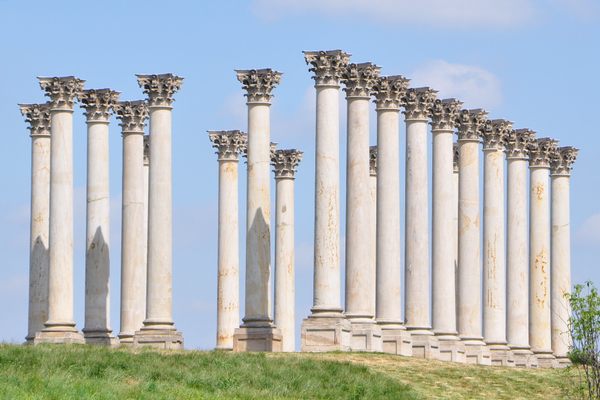

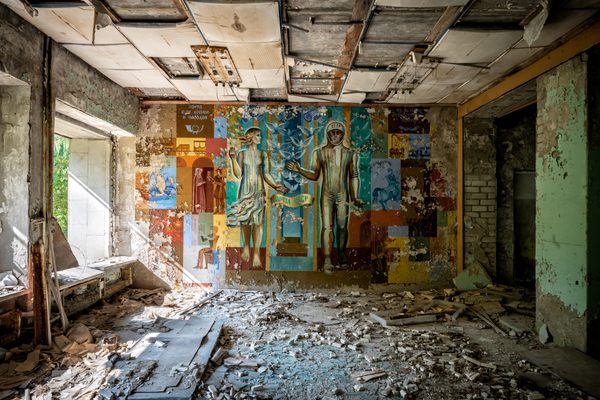
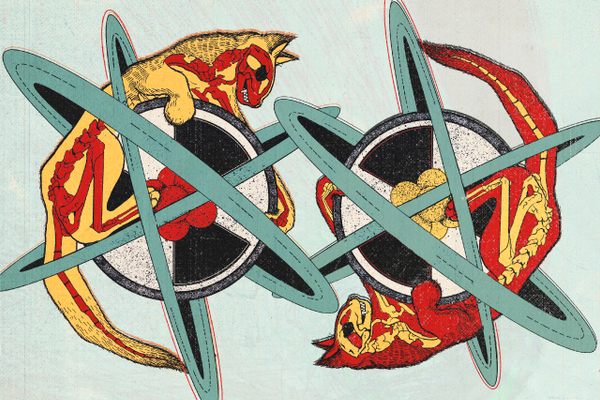



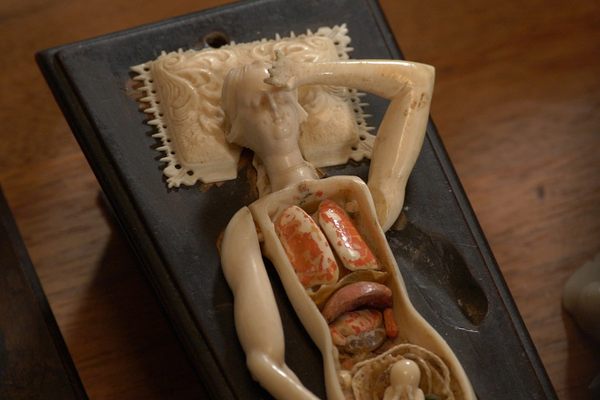



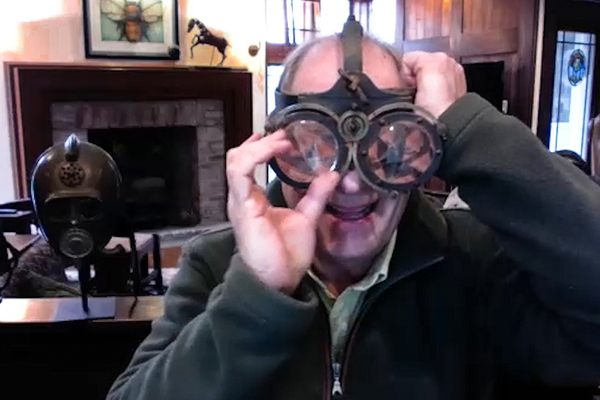



Follow us on Twitter to get the latest on the world's hidden wonders.
Like us on Facebook to get the latest on the world's hidden wonders.
Follow us on Twitter Like us on Facebook